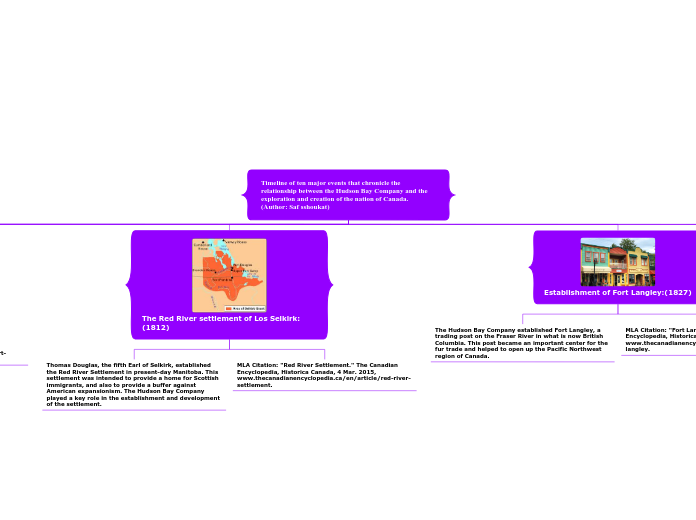a DaBabyLemon 25 2 éve
676
Timeline of ten major events that chronicle the relationship between the Hudson Bay Company and the exploration and creation of the nation of Canada. (Author: Saf sshoukat)

a DaBabyLemon 25 2 éve
676

Még több ilyen